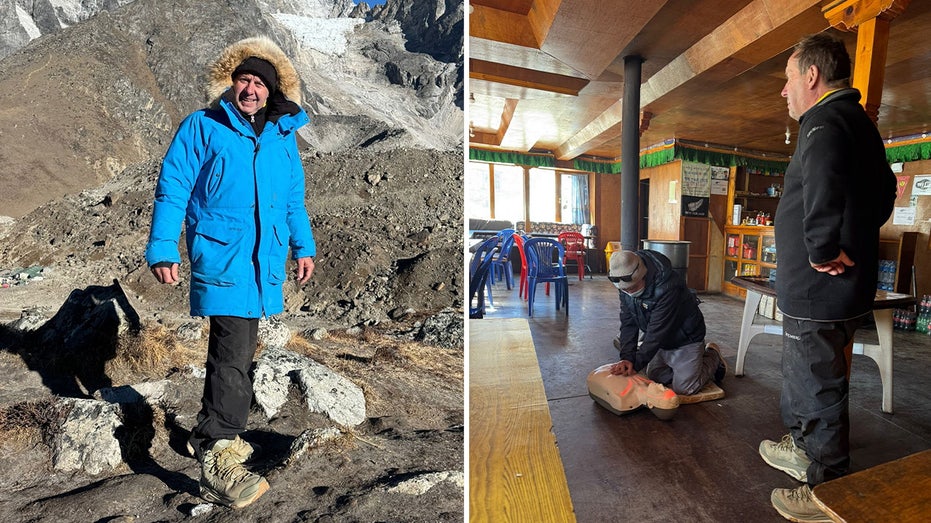Everest Defibrillator Saves Climber’s Life Weeks After Installation

Sarah Johnson
June 7, 2025
Brief
A defibrillator installed on Mount Everest saves a climber's life just weeks later, highlighting the importance of emergency preparedness in extreme locations.
In a breathtaking tale of foresight and humanity, a defibrillator installed on Mount Everest at over 16,000 feet has already proven its worth by saving a life just three weeks after its placement. David Sullivan, a 62-year-old advocate for cardiac emergency preparedness, made the grueling ascent to position what may be the world’s highest defibrillator near Everest Base Camp. Driven by the tragic loss of four friends to sudden cardiac arrest, Sullivan’s mission through his organization, Code Blue CPR, is to equip remote locations with life-saving tools and training.
The impact was almost immediate. On May 23, a Sherpa called Sullivan with news that the device had revived a 30-year-old woman. This moment of triumph underscored the critical need for such equipment in extreme environments. Sullivan didn’t just install the defibrillator; he also trained local Sherpas and villagers in CPR, many of whom had no prior emergency medical knowledge. His efforts are a stark reminder of the statistic he champions: being within three minutes of a defibrillator can boost survival rates from a mere 8% to over 50%.
Sullivan’s personal journey adds depth to his mission. Having once performed CPR on a young man surrounded by helpless onlookers, he understands the power of knowledge. Now, he’s set on an ambitious goal to train 1.2 million students in CPR through school initiatives, ensuring that defibrillators and trained hands are never far away. On Everest, his work stands as a beacon of hope, proving that even at the roof of the world, a heartbeat can be saved.
Topics
Editor's Comments
Talk about a high-stakes save! David Sullivan climbed Everest to install a defibrillator, and it shocked us all by saving a life in record time. Makes you wonder if the mountain itself gave a nod of approval—or maybe it just couldn’t resist a good ‘heart-start’ pun. Beyond the jest, this story beats with a deeper pulse: why aren’t more peaks equipped for such emergencies?
Like this article? Share it with your friends!
If you find this article interesting, feel free to share it with your friends!
Thank you for your support! Sharing is the greatest encouragement for us.



